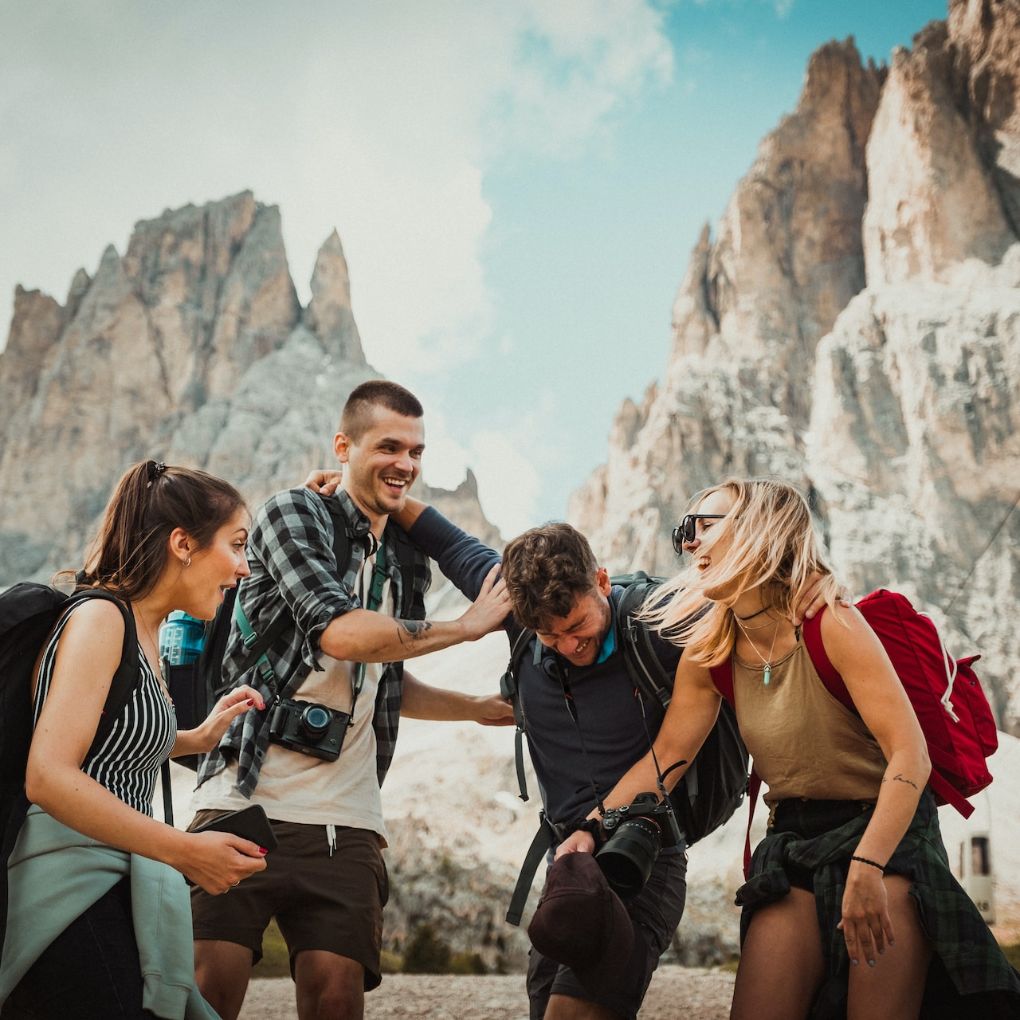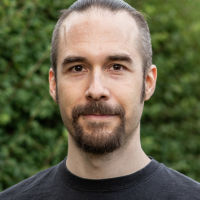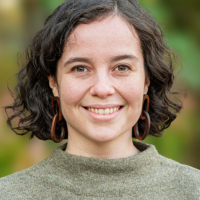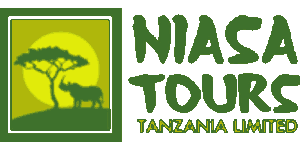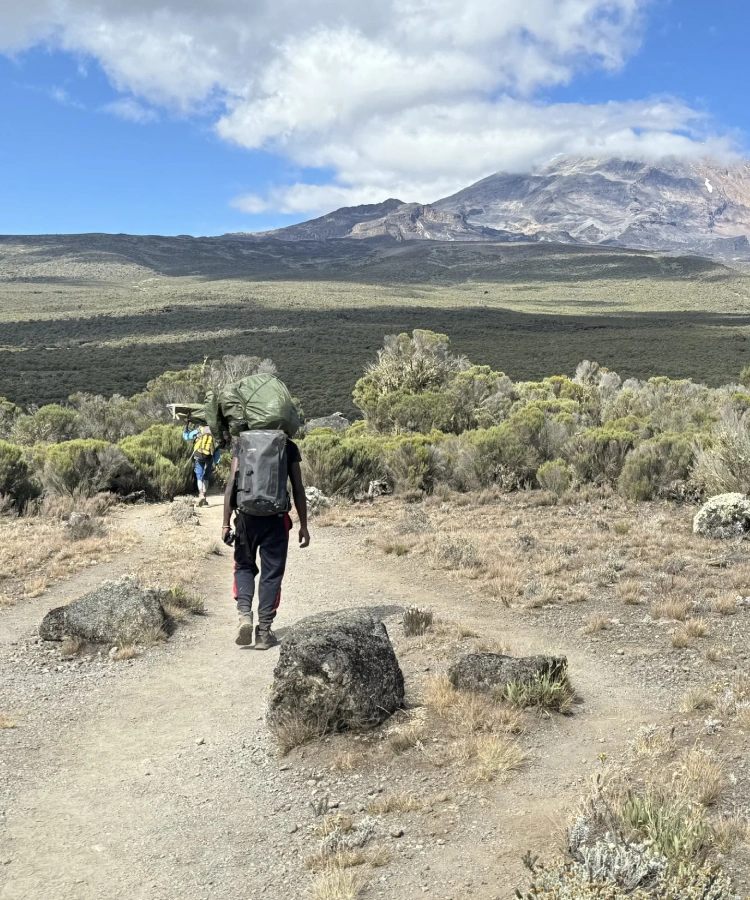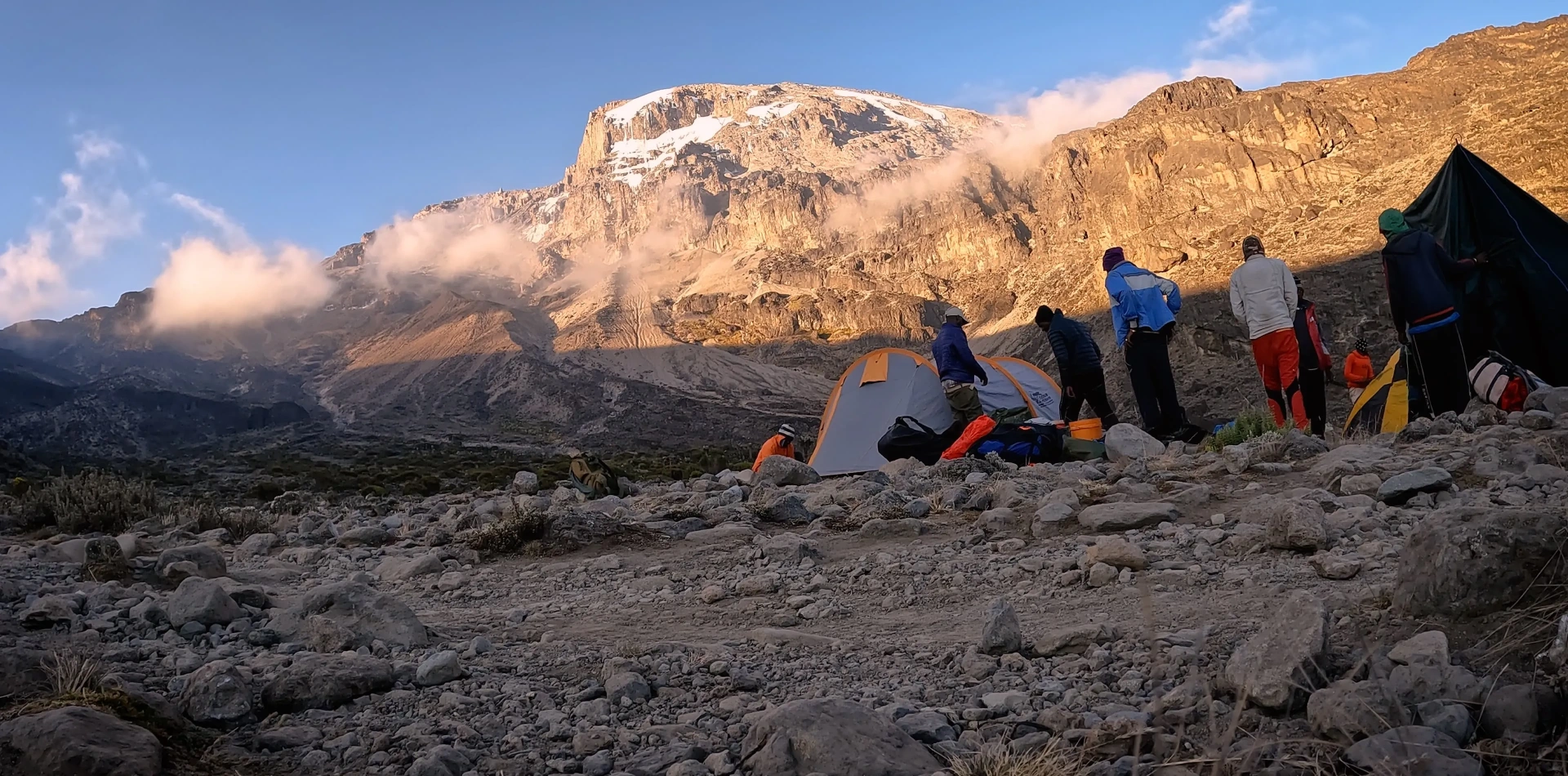
7 Days Kilimanjaro Trekking Itinerary – Rongai Route
About This Safari
The Rongai Route is Kilimanjaro’s best-kept secret. Approaching from the mountain’s remote northern side, this route offers a quiet, more solitary experience — far from the crowds on the southern routes. It’s ideal for those who crave a true sense of wilderness, unspoiled scenery, and a slower, more reflective journey to the Roof of Africa.
Over 7 days, you’ll walk through untouched forest, traverse open moorlands, and sleep beneath starlit skies. With its gentle slopes and steady elevation gain, Rongai is one of the most accessible routes for trekkers of all experience levels, and a great option for those concerned about acclimatization.
It’s not just a climb — it’s a personal journey. And while the path is quieter, the sense of connection to the mountain and your trekking team runs deep.
Tour Highlights
Remote Northern Path
Climb Kilimanjaro from its quiet northern side, far from crowds, offering solitude, wilderness beauty, and a more personal trekking experience.
Gentle Steady Ascent
Enjoy gradual elevation gains and gentle slopes, making this route accessible for trekkers of all levels and easing acclimatization success.
Diverse Scenic Landscapes
Journey through lush forests, open moorlands, and alpine zones, with each day revealing fresh, unspoiled scenery and breathtaking mountain views.
Starlit Mountain Nights
Camp beneath vast skies filled with stars, strengthening bonds with your team while embracing Kilimanjaro’s quiet rhythm and timeless beauty.
Price starts at 3090USD per person depending on the number of people per group.
Tour Details
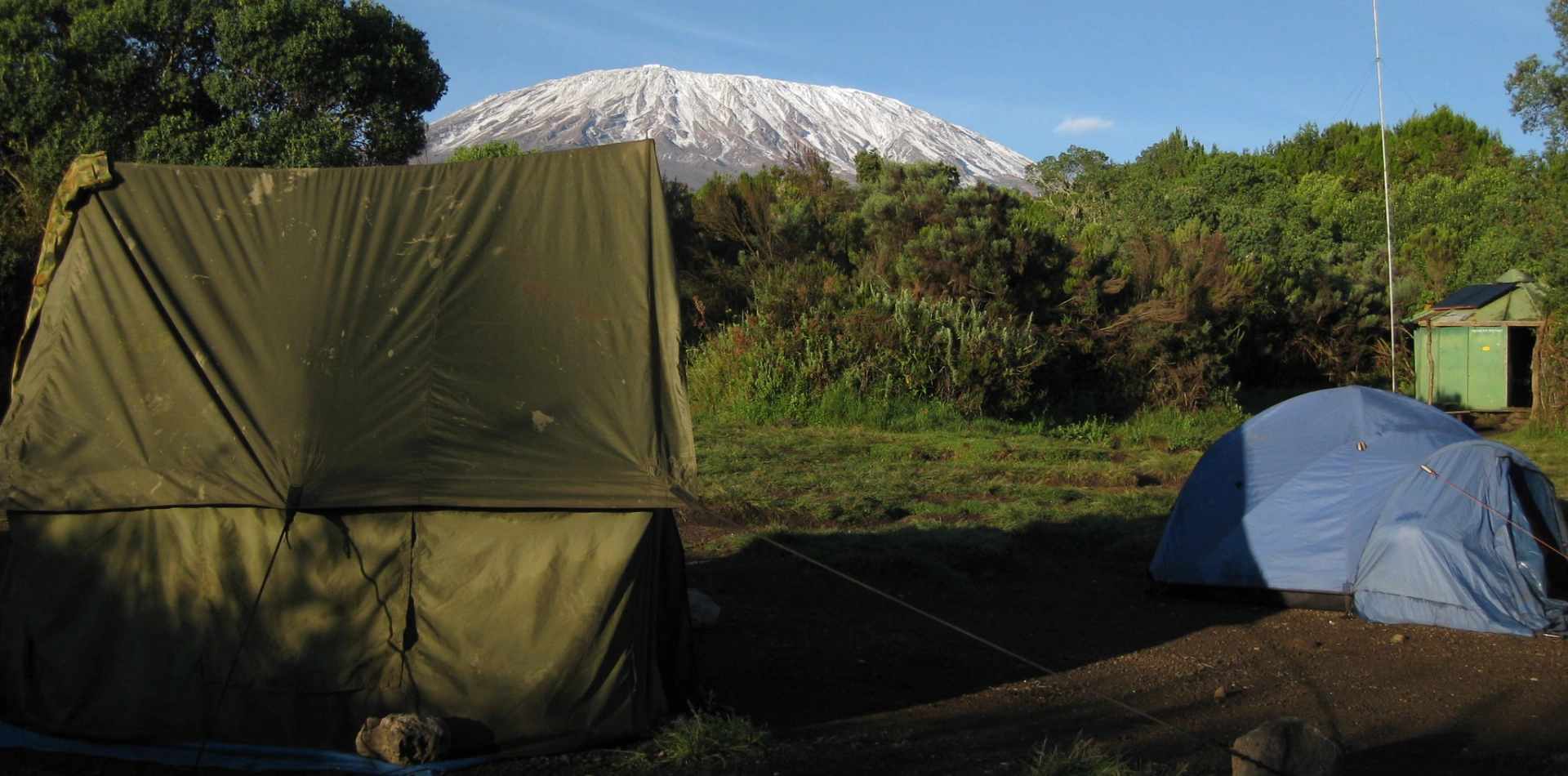
- Distance: ~8 km
- Time: 3–4 hours
- Habitat: Montane forest
Your journey begins with a drive through small villages and farms near the Kenyan border. The trail starts in the forest, where you may spot colobus monkeys leaping between the trees. It’s a gentle climb — a perfect introduction to life on the mountain. You’ll settle into your first camp, Simba, just above the tree line, with distant views stretching toward Kenya. The stars start to take over the sky — and your adventure truly begins.
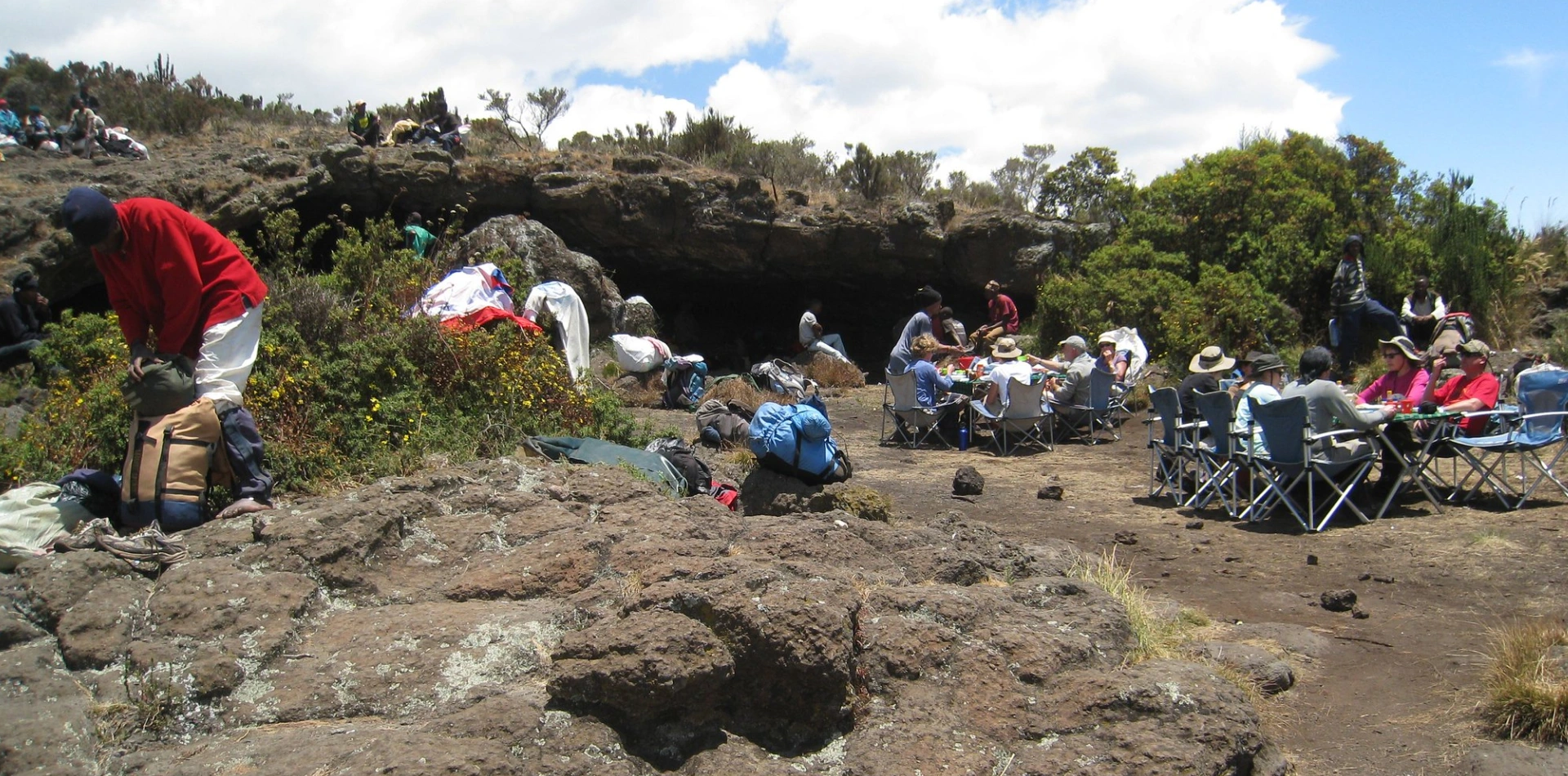
- Distance: ~8 km
- Time: 5–6 hours
- Habitat: Moorland
Today’s walk takes you into the moorland zone, with open hills, shrubs, and the occasional eagle overhead. The views of Kibo’s snow-capped summit begin to dominate the horizon. The pace is slow and deliberate — a theme that will serve you well as the altitude rises. You’ll feel the air thin slightly, and that first real sense that you're climbing something truly big.
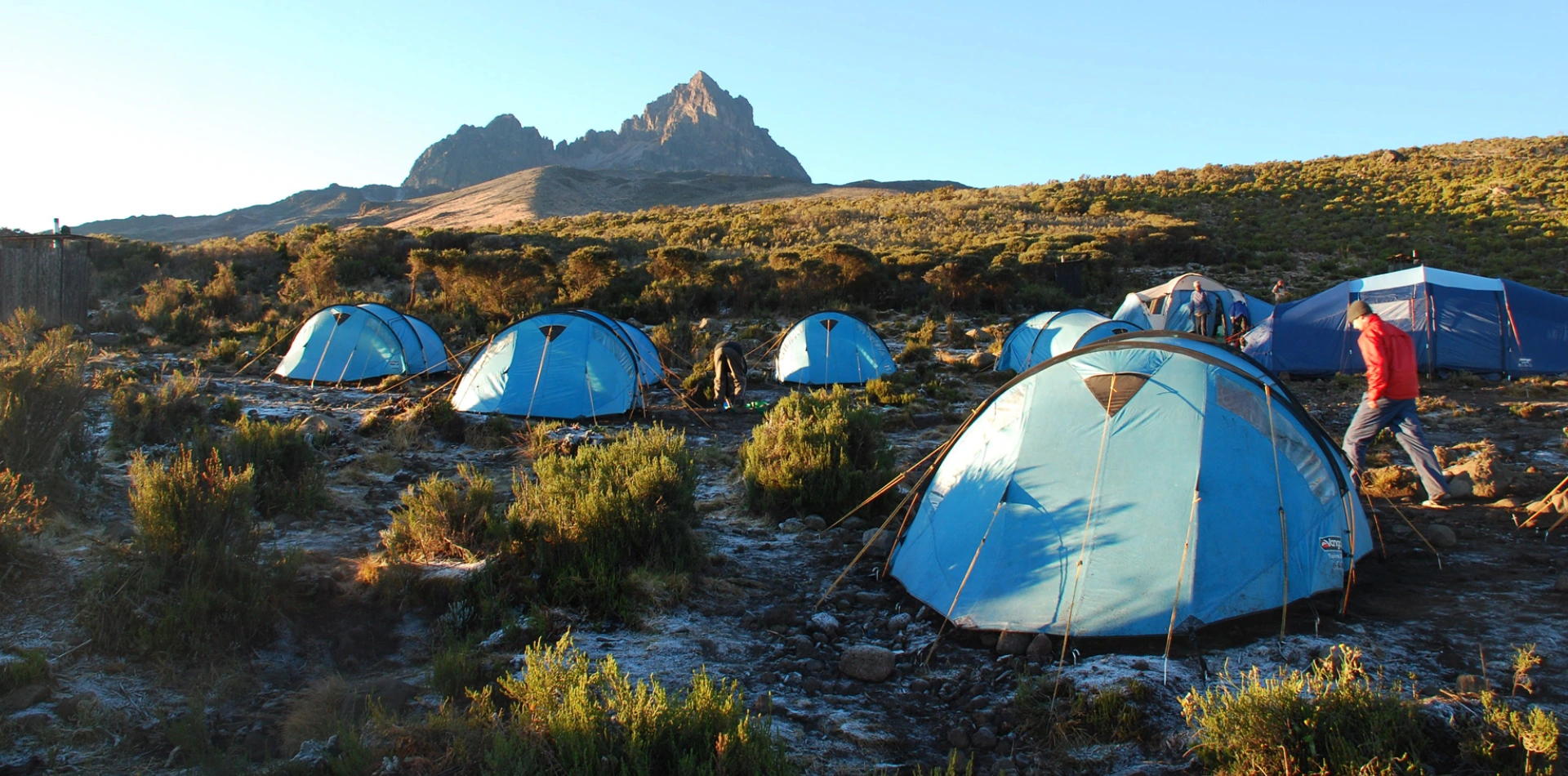
- Distance: ~6 km
- Time: 3–4 hours
- Habitat: Moorland
A shorter, steady day that helps with acclimatization. As you move deeper into the wilderness, the scenery becomes even more dramatic. Kikelewa Camp sits beneath towering cliffs and offers one of the best sunset views on the route.
This is where many trekkers start to feel the peaceful rhythm of the mountain — no rush, no noise, just the sound of the wind and your own breathing.
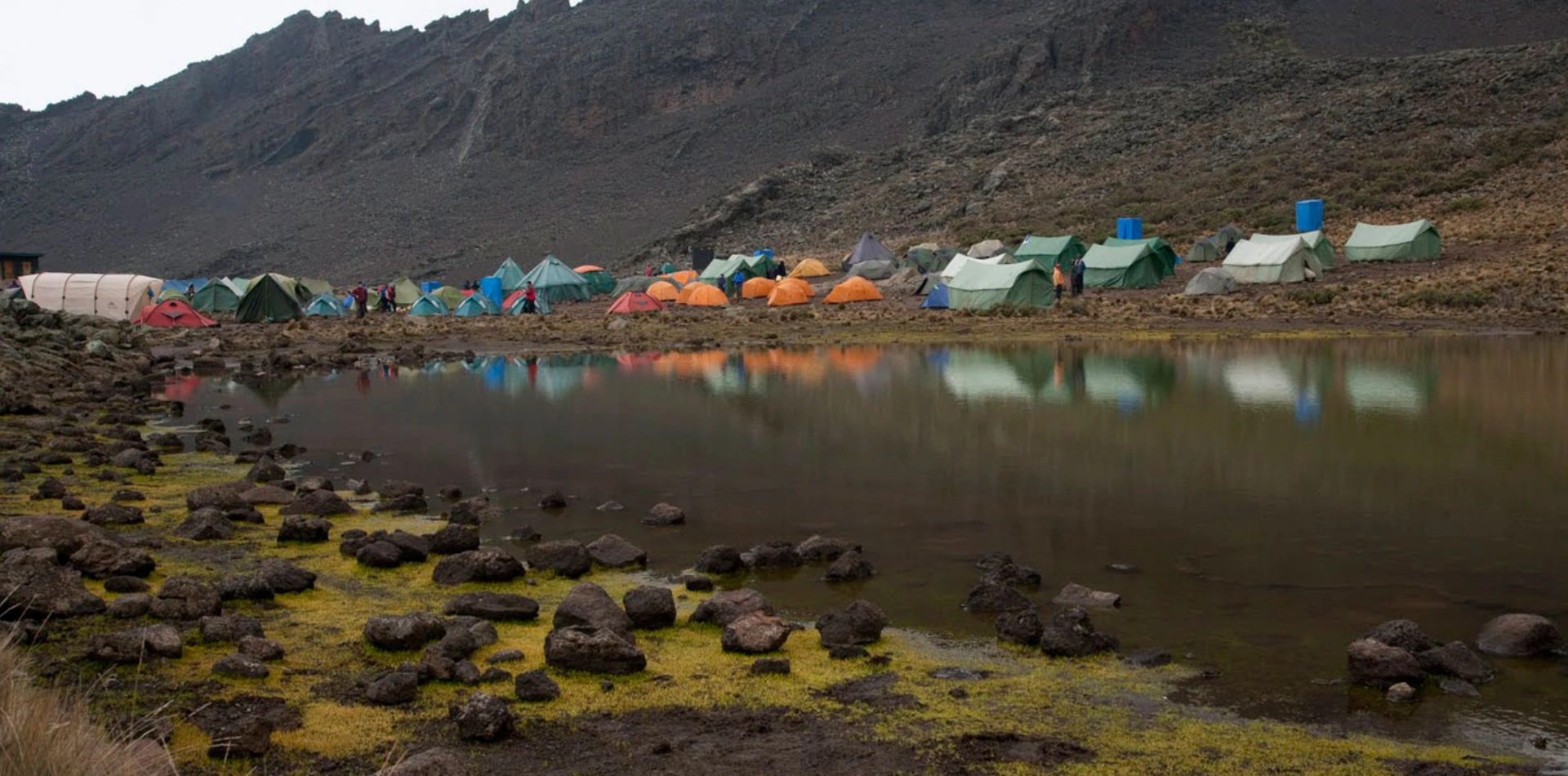
- Distance: ~6 km
- Time: 4–5 hours
- Habitat: Alpine desert
Today is short in distance but big in gain. You’ll climb steadily toward Mawenzi, Kilimanjaro’s rugged, jagged sister peak. The tarn (alpine lake) at camp reflects the mountain’s spires in a surreal, otherworldly setting. It's one of the most beautiful camps on the mountain. Altitude starts to bite here — listen to your body, drink water, and rest well.
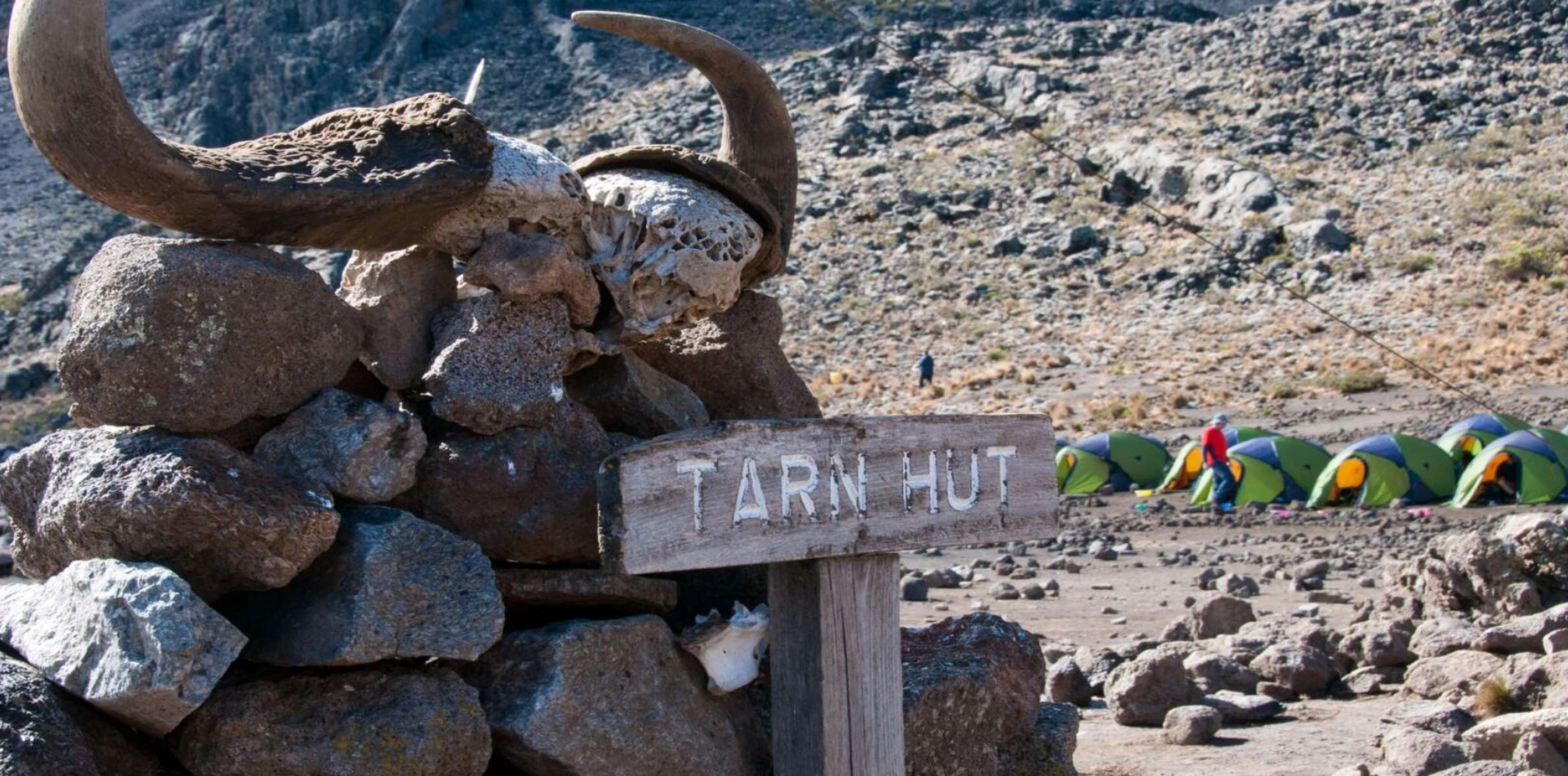
- Activity: Acclimatization hike up the ridges
- Habitat: Alpine desert
This is a rest and adaptation day — one of the most important parts of the climb. You’ll do a short hike higher up the slopes, then return to camp. This helps your body get used to thinner air and improves your odds of summiting safely. You're now over 4,000 meters — but you've earned it step by step. You’re stronger than when you started, more tuned in, more focused.
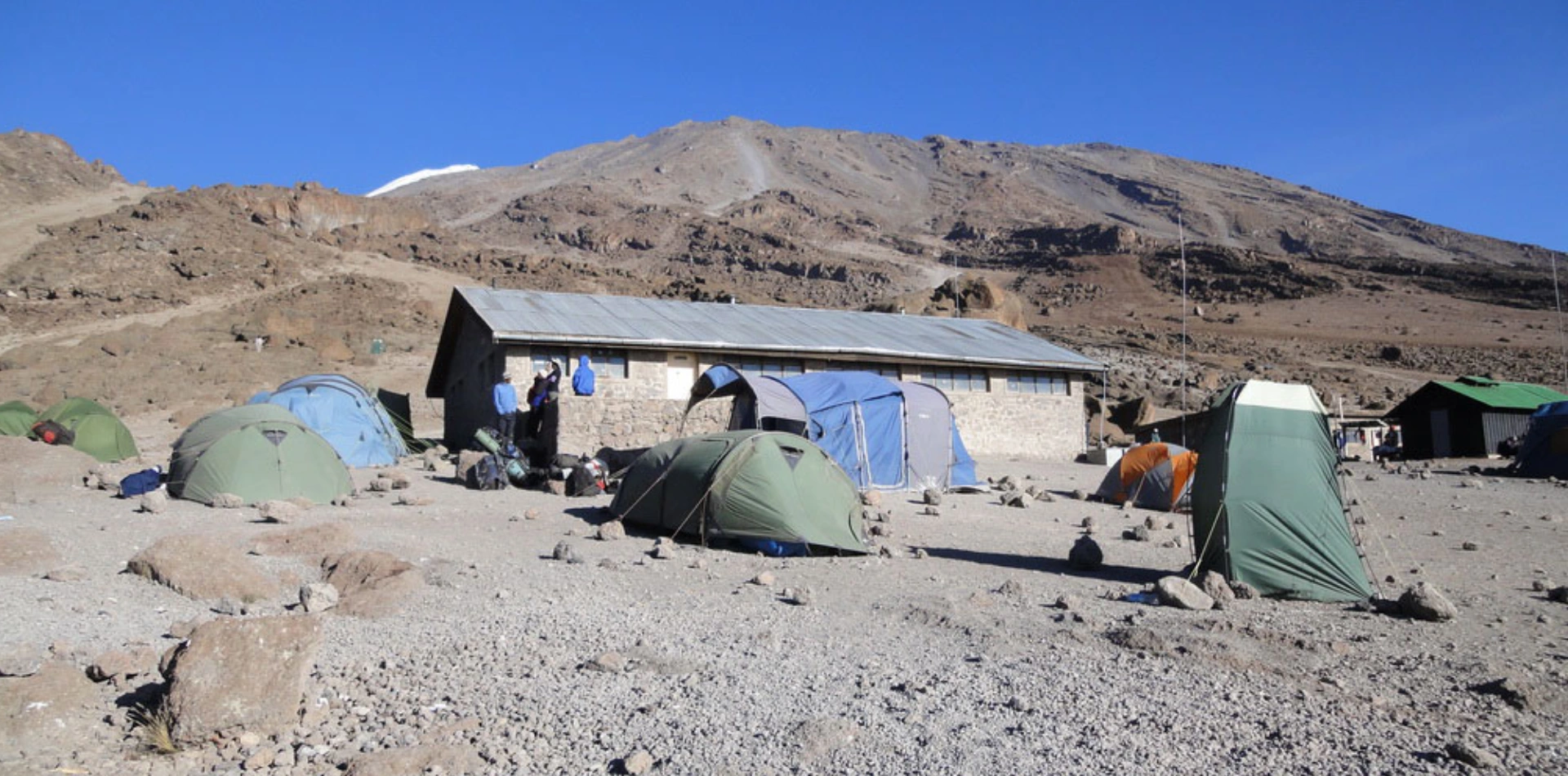
- Distance: ~9 km
- Time: 5–6 hours
- Habitat: Alpine desert
A long, gradual ascent through a lunar-like desert brings you to Kibo Hut, your base camp for the summit push. The trail is stark and silent, almost like walking on another planet. Rest, hydrate, eat well — and sleep as best you can. Because tonight to just after midnight to you begin the final climb.
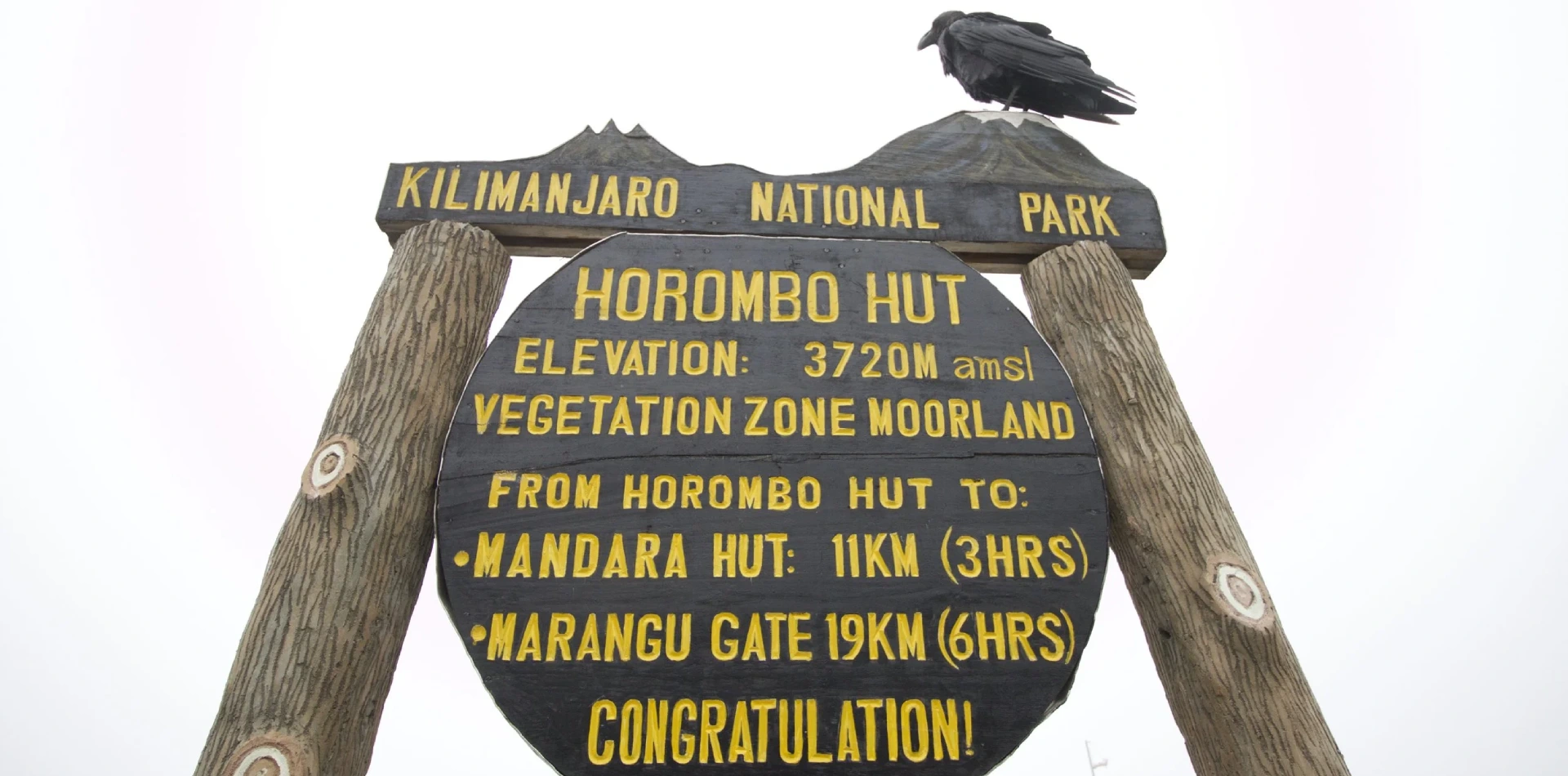
- Distance: ~21 km
- Time: 12–14 hours’ total
- Habitat: Arctic → Moorland
You’ll wake around midnight and begin the slow, steep climb up the slopes of Kibo. The trail is cold and dark, but your guide’s encouragement and your own grit will pull you forward. As the sky lightens and the glaciers start to glow, you’ll reach Gilman’s Point (5,685m). From there, it’s another hour along the crater rim to Uhuru Peak, the highest point in Africa.
Take it in. Breathe. You've done something incredible.
After a short rest at the summit, you begin your descent — all the way down to Horombo Hut, where thicker air and warm food will feel like pure joy.
Good to Know
- Fitness level: Moderate to high — you’ll need endurance, but it’s very doable with preparation
- Best for: Trekkers who prefer a quieter, more remote experience
- Accommodation: Comfortable tents with sleeping pads, full mountain crew support
- Meals: Hot, hearty meals cooked by your camp chef
- Summit night: The hardest and most rewarding part — physically challenging, emotionally powerful
- Wildlife: Keep your eyes open for monkeys, eagles, and even bushbuck early on
Inclusions & Exclusions
- Kilimanjaro trekking according to the itinerary.
- Professional, English-speaking Wilderness First Responder & CPR certified Guide.
- Proper Ration of Mountain crew (Cook & Porters).
- Airport Transfers.
- Meals according to the itinerary.
- Drinking water and Full Board Meals.
- All National Park & Hut Fees, Crew Permits and VAT.
- Fair and Sustainable Salary Crew Wages.
- Gate Transfers.
- Complimentary Oxygen Cylinder.
- Flights
- Visa fees
- Travel or Medical Insurance .
- Tips for porters and mountain crew .
- Personal spending money for souvenirs etc.
- Energy food & beverages, alcoholic and soft drinks.
- Personal hire gear such as trekking poles, sleeping bags, etc.
- Additional lodge nights if early descent from the mountain.
Tour Map
Tour Gallery
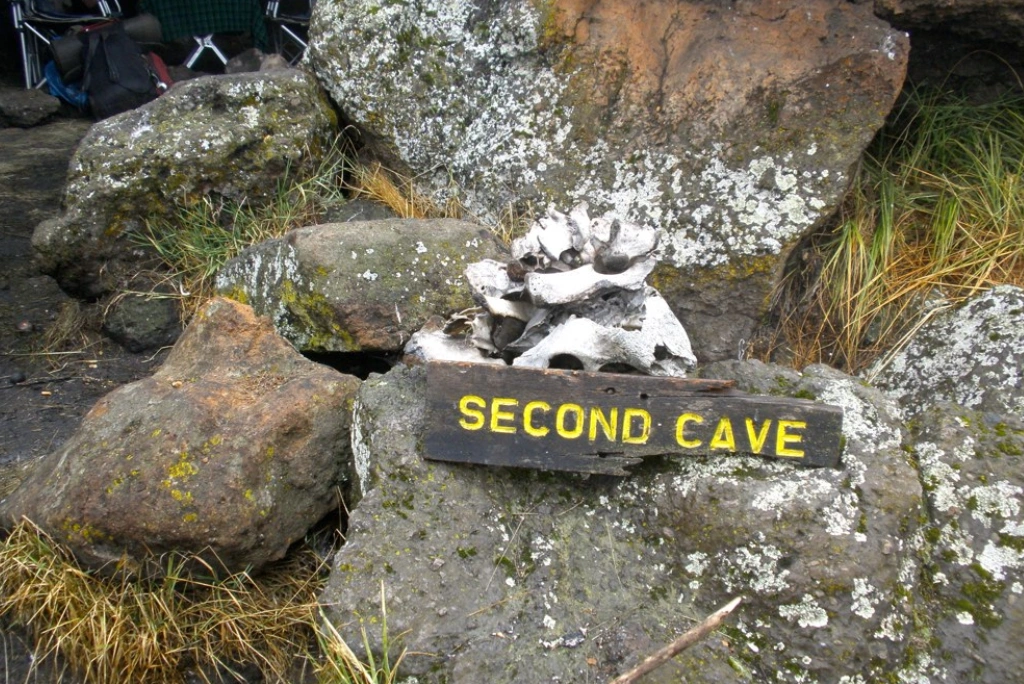
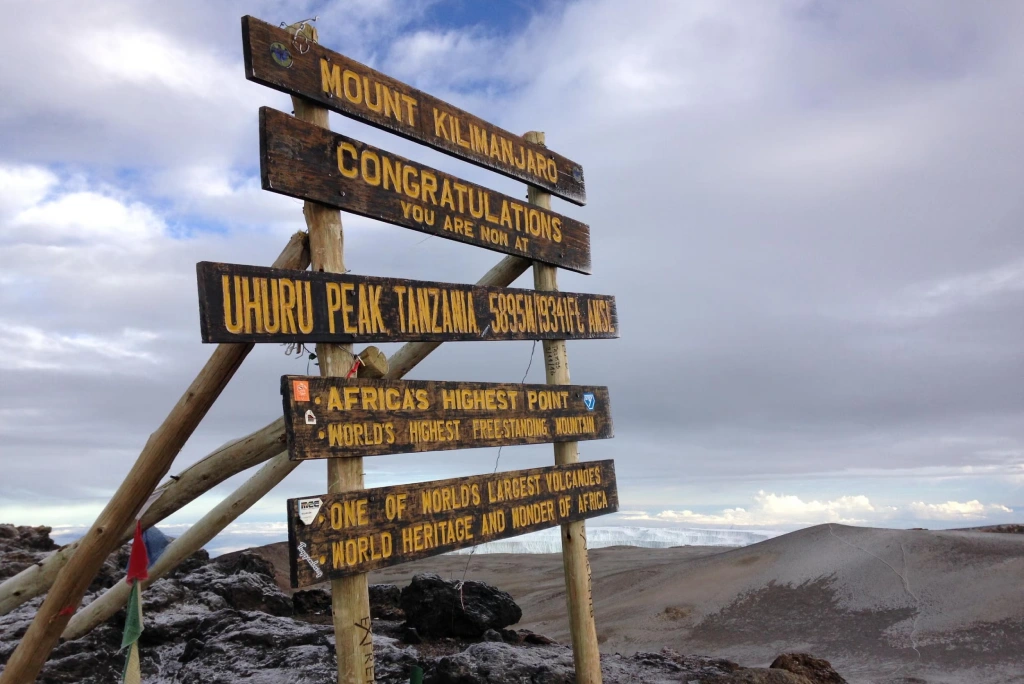
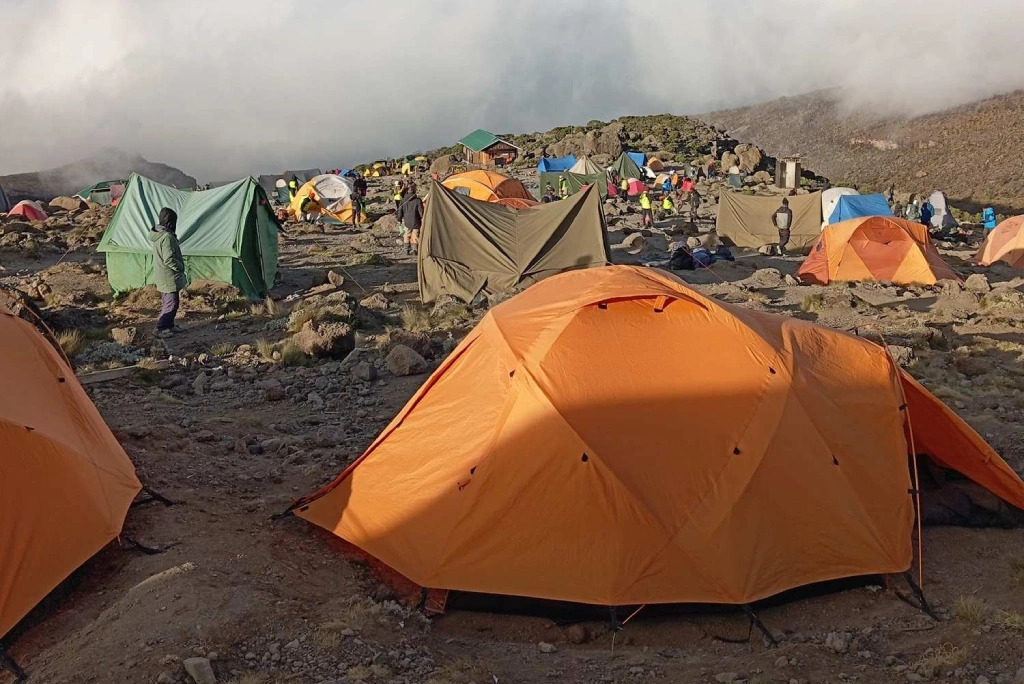
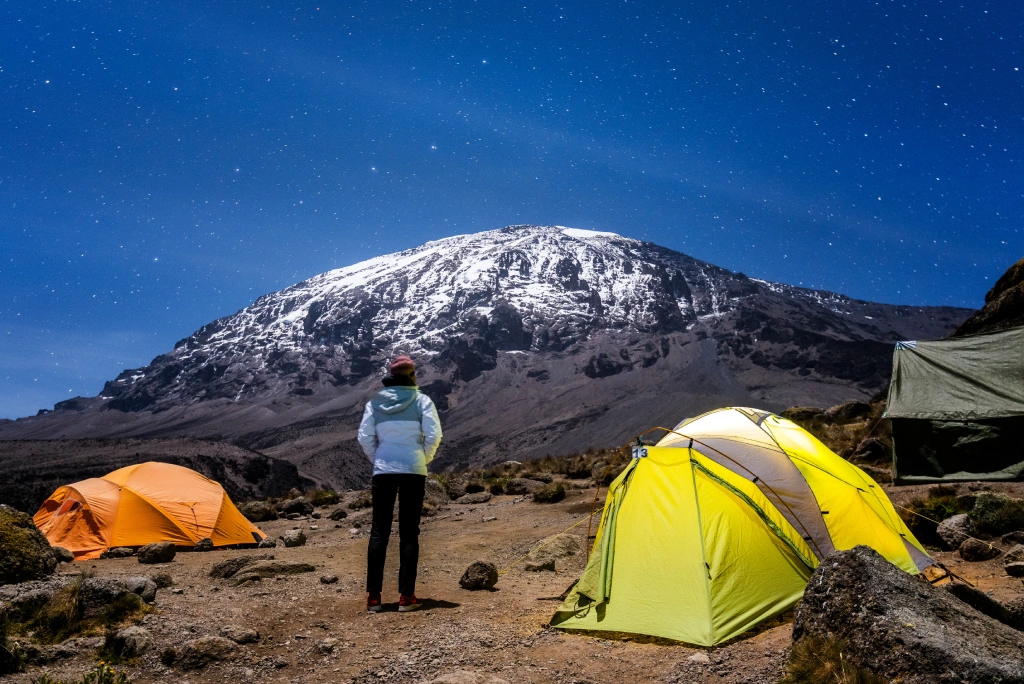
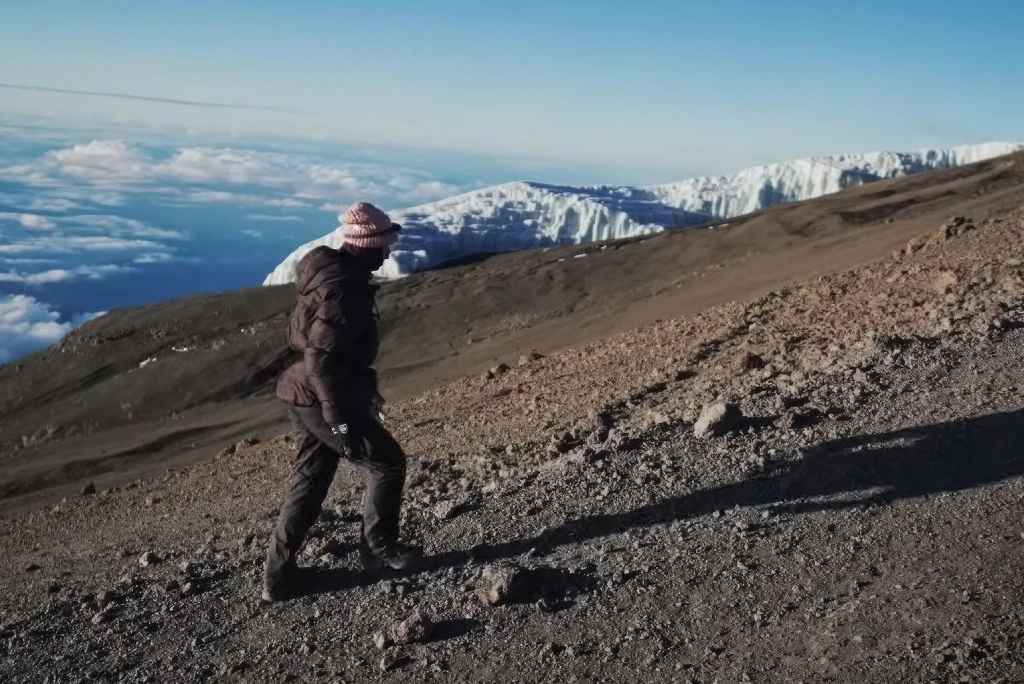
Related Mount Kilimanjaro Trekking
Given the off-road terrain that will be encountered, a bike that can adequately tackle this is also essential. A gravel bike is usually a popular option for bikepacking.
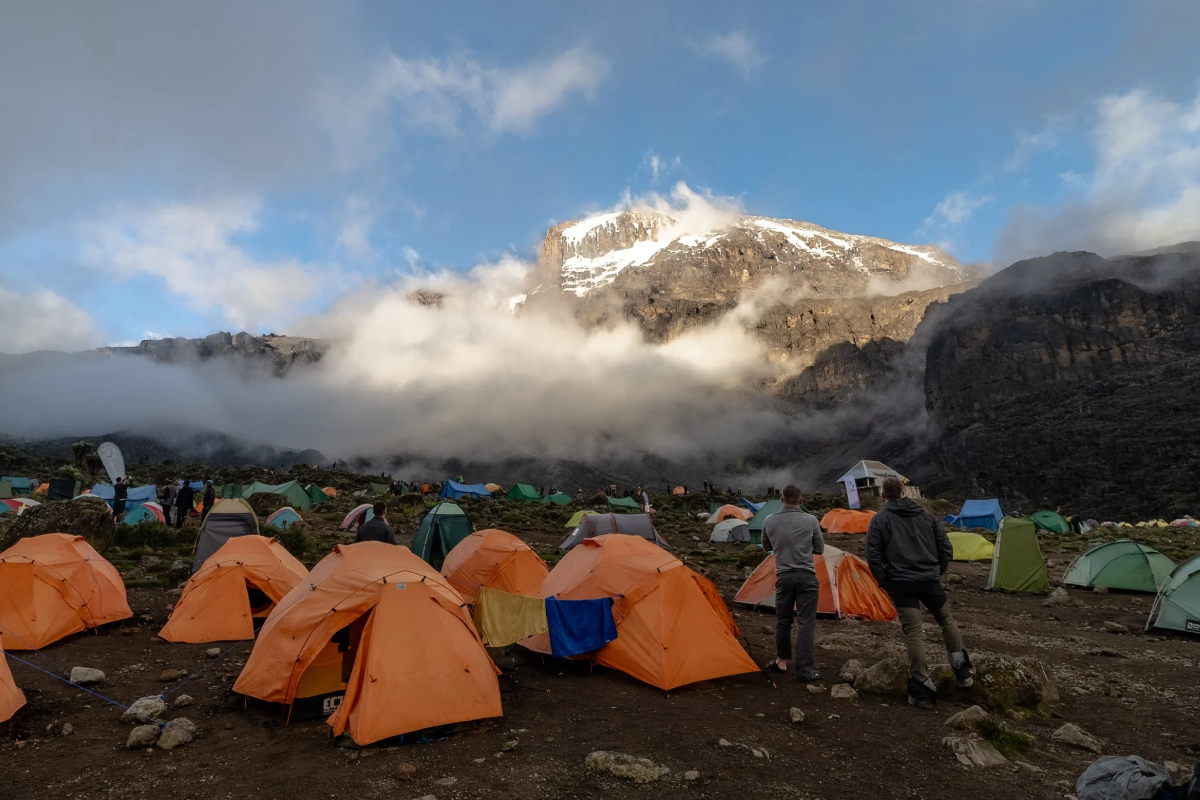
8 Days Lemosho Route
Embark on an 8-day Lemosho Route trek, traversing forests, plateaus, alpine deserts, and summiting Uhuru Peak with expert support.
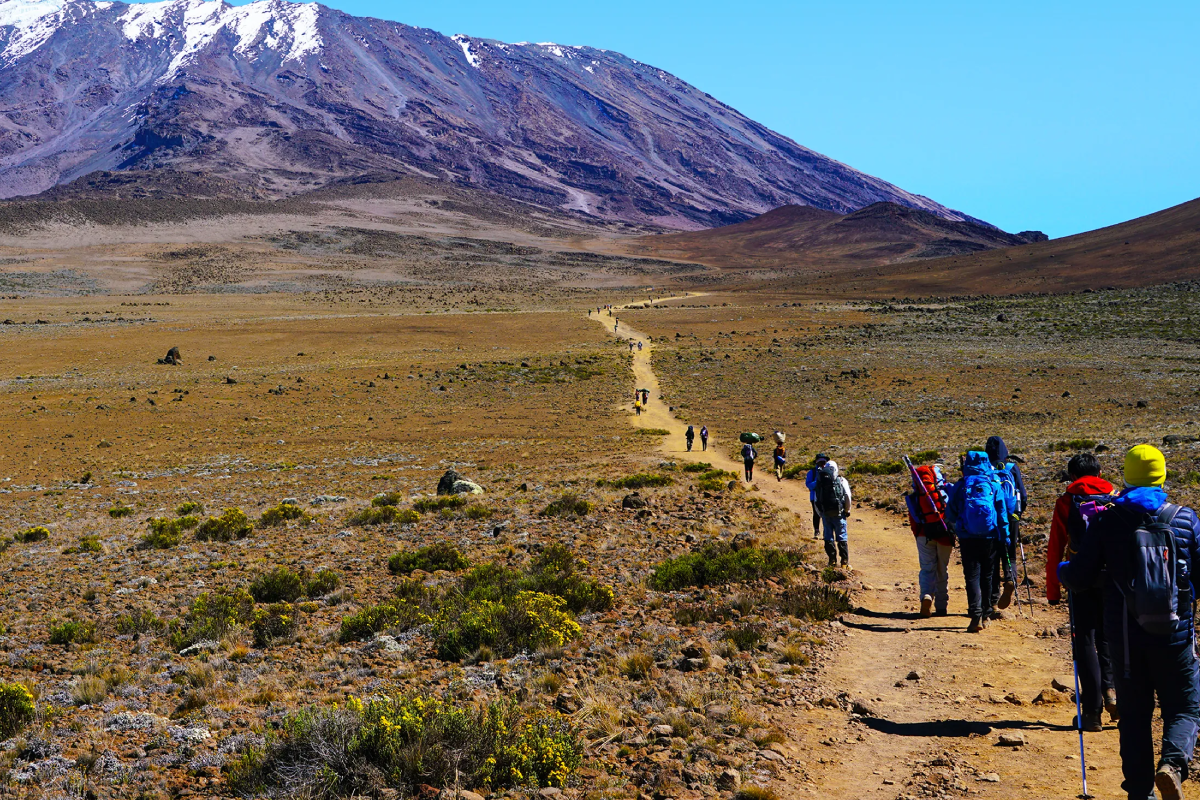
7 Days Machame Route
Trek Kilimanjaro’s 7-day Machame Route, crossing rainforests, moorlands, and glaciers, camping under stars, reaching Uhuru Peak with guided support.
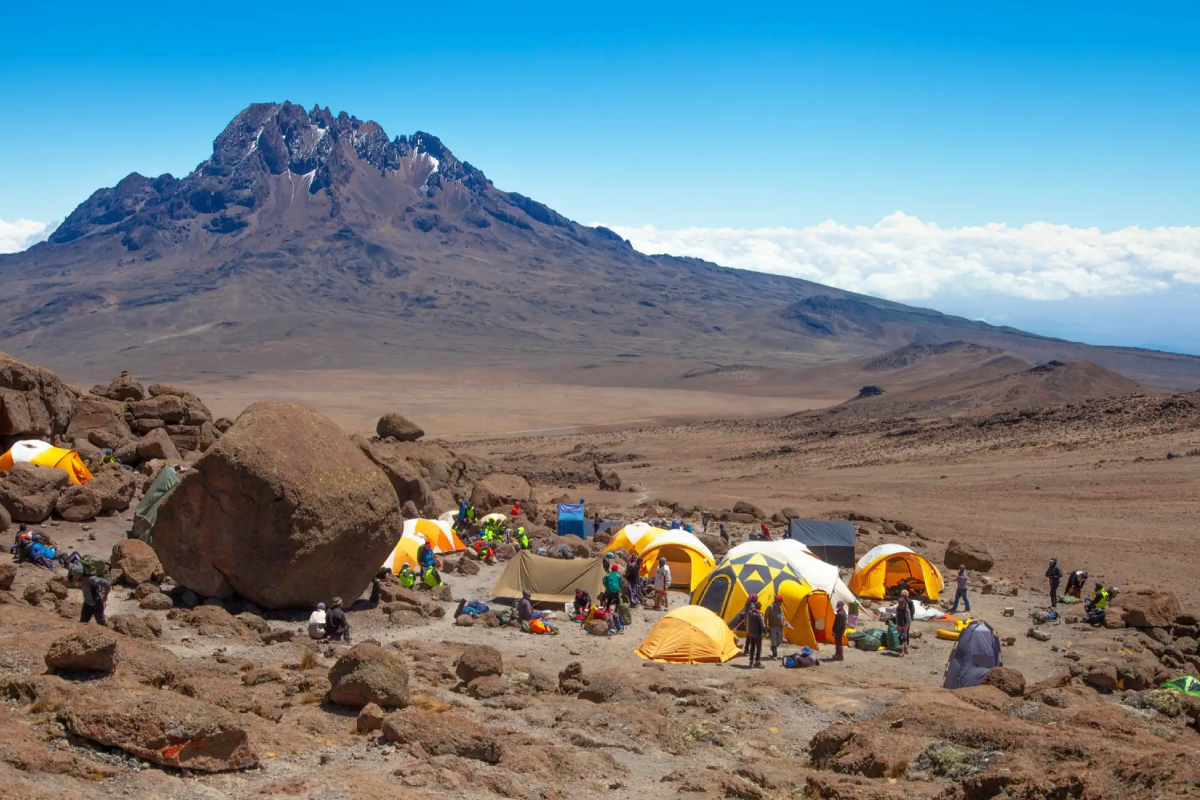
6 Days Rongai Route
Trek Kilimanjaro’s 6-day Rongai Route, ascending through rainforest, moorland, and alpine desert, summiting Uhuru Peak with expert guides and full support.
We make it easier for everyone to experience the world
Ready to explore Tanzania’s natural wonders? We’re here to help! Whether you’re planning a once-in-a-lifetime safari or a peaceful nature escape, our team makes travel easy and personal. Reach out today—let’s turn your dream of exploring Tanzania and beyond into reality. We make it easier for everyone to experience the world, one journey at a time. Contact us today!
Need I help? Talk to an Expert
+255767493713 +255690129757
Mountain Climbing FAQs
Discover essential information for climbing Tanzania’s iconic peaks—Mount Kilimanjaro, Mount Ol-Donyo Lengai, and Mount Meru. Learn about the best seasons, difficulty levels, required permits, gear recommendations, and safety tips. Whether you’re a first-time climber or experienced mountaineer, these FAQs provide guidance to help you prepare, stay safe, and make your mountain adventure unforgettable.
Climbing Kilimanjaro is challenging but achievable for fit individuals. It doesn't require technical skills, but altitude and endurance are key factors. Choosing a longer route improves acclimatization and success. Mental preparation, physical fitness, and proper gear make a big difference in your summit experience.
The best times are during dry seasons—January to March and June to October. These months offer clear skies, better trail conditions, and higher success rates. Avoid the rainy seasons for safety and comfort. Early booking is also advised due to route popularity.
Yes, Mount Meru is ideal for acclimatization before Kilimanjaro. It reaches 4,566 meters and offers great altitude training. The trek includes wildlife encounters and scenic ridges, preparing your body for Kilimanjaro’s higher elevation and reducing chances of altitude sickness significantly.
Yes, guided climbs are mandatory for both Kilimanjaro and Mount Meru. Guides ensure your safety, manage logistics, and provide expert support. Their local knowledge enhances your journey. On Mount Meru, park rangers accompany all trekkers due to wildlife presence in the area.
Ol Doinyo Lengai is the only active natrocarbonatite volcano in the world, revered by the Maasai as the “Mountain of God.” The steep climb is rewarded with unique lava flows, spiritual significance, and sunrise views over Lake Natron and the Great Rift Valley.
Altitude sickness can affect anyone above 2,500 meters. Symptoms include headache, nausea, and fatigue. To reduce risk, climb slowly, stay hydrated, and acclimatize properly. Longer itineraries on Kilimanjaro and a Mount Meru pre-climb significantly boost altitude adaptation and summit success.
You’ll need layered clothing, waterproof outerwear, sturdy hiking boots, sleeping gear (for Kilimanjaro and Meru), headlamp, trekking poles, and hydration packs. For Ol Doinyo Lengai, include lightweight but grippy footwear and breathable clothing due to its steep, dusty volcanic terrain.
What Customers Say About Us
